Upgrading to SSD: Migrating Windows 10 for Better Performance
- Home
- Support
- Tips Data Backup
- Upgrading to SSD: Migrating Windows 10 for Better Performance
Summary
Experience better performance and faster boot times by migrating your Windows 10 to an SSD. Learn how to easily make the switch with our step-by-step guide and cloning utility, Renee Becca. Say goodbye to slow loading and hello to a more efficient PC.
Table of contents
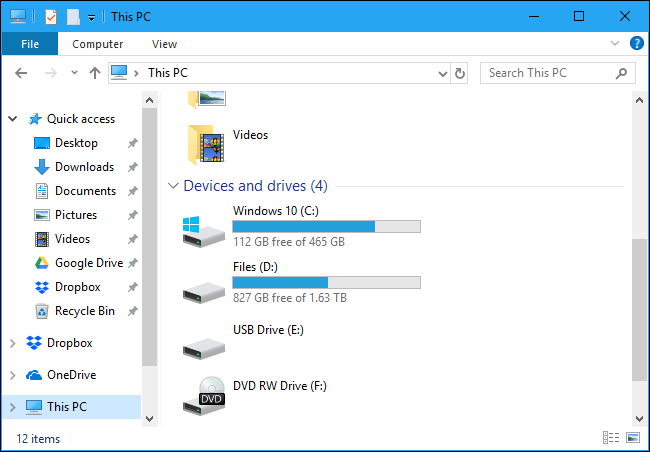
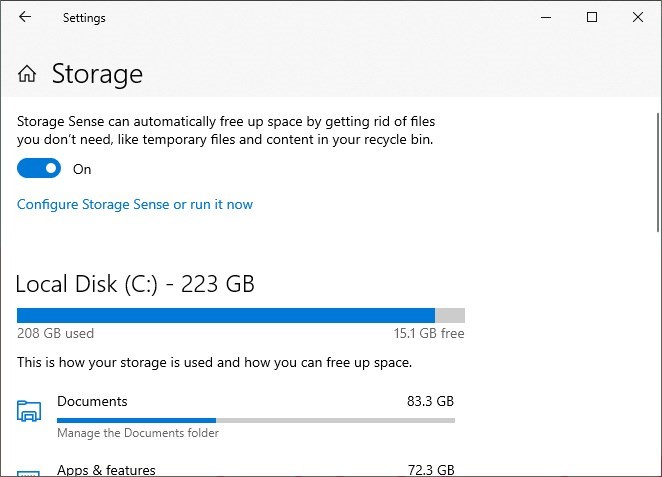
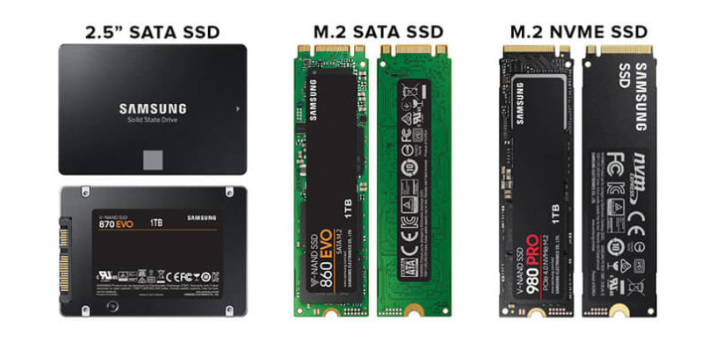

Automatic 4K alignment Improves SSD performance during system migration.
Support GPT and MBR Automatically adapt to the suitable partition format.
Support NTFS and FAT32 Redeploy various files in different file systems.
Back up quickly Back up files at up to 3,000MB/min.
Overall backup schedule Support system redeployment/system backup/partition backup/disk backup/disk clone.
Automatic 4K alignment Improve SSD performance
Support GPT and MBR Intelligently adapt to a partition format
Support NTFS and FAT32 Redeploy files in different file systems

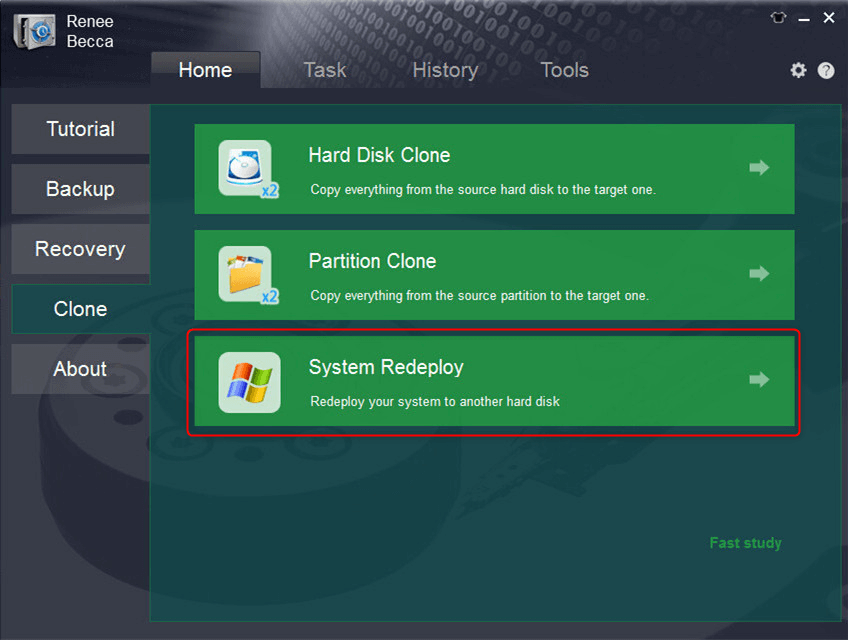
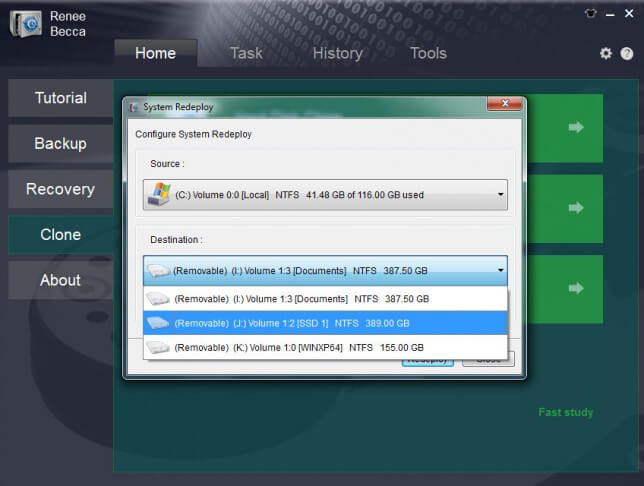
- Allows safe migration of operating system without fresh installation.
- Simple steps for a smooth and hassle-free transfer.
- Improves performance and faster boot times with new SSD.
Cons:
- Doesn't have a Mac version.Paid subscription required for full access to all features.
- Paid subscription required for full access to all features.
| BIOS Name | Method | The Key or Keys |
|---|---|---|
| Acer | Press Del or F2 immediately after powering on | Del, F2 |
| Compaq | Press F10 while the cursor in the top right corner of the screen is blinking | F10 |
| Dell | Press F2 when the Dell logo appears, or press every few seconds until the message Entering Setup appears | F2 |
| eMachines | Press Tab or Del while the eMachine logo displays on the screen | Tab, Del |
| Fujitsu | Press F2 once the Fujitsu logo appears | F2 |
| Gateway | Press the F1 key repeatedly after restarting the computer | F1 |
| HP | Press the F1, F10, or F11 key after restarting the computer | F1, F10, F11 |
| IBM | Press F1 immediately after powering on the computer | F1 |
| Lenovo | Press F1 or F2 after powering on the computer | F1, F2 |
| Nec | Press F2 to enter the BIOS Setup | F2 |
| Packard Bell | Press F1, F2, or Del to enter BIOS | F1, F2, Del |
| Samsung | Press F2 to start the BIOS setup utility | F2 |
| Sharp | Press F2 after the computer starts | F2 |
| Sony | Press F1, F2, or F3 after turning on the computer | F1, F2, F3 |
| Toshiba | Press F1 or Esc after powering on to access BIOS | F1, Esc |
| ARLT | Press Del or F11 when the respective message is shown | Del, F11 |
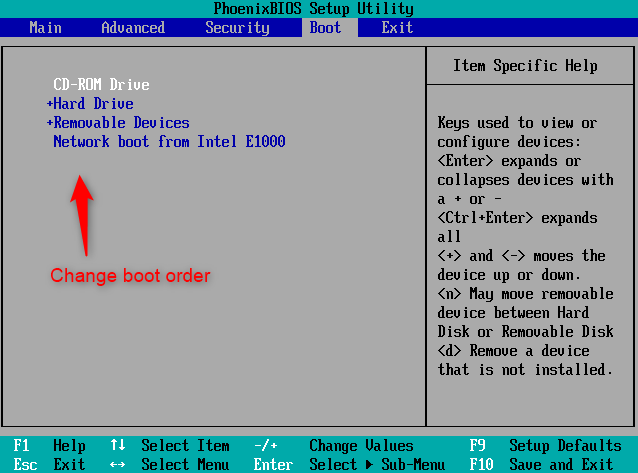
Disk Cleanup
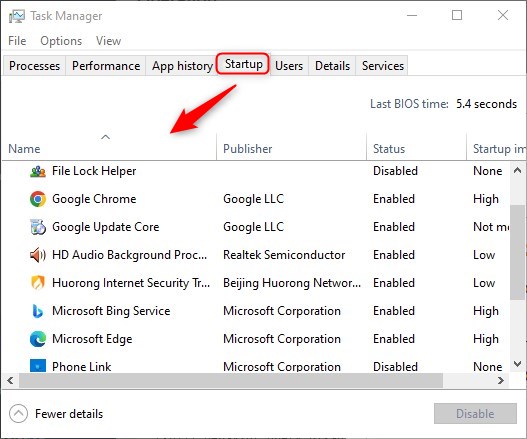
fsutil behavior query DisableDeleteNotify
fsutil behavior set DisableDeleteNotify 0
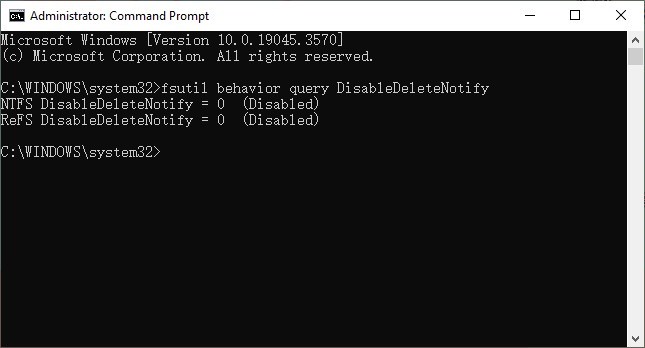
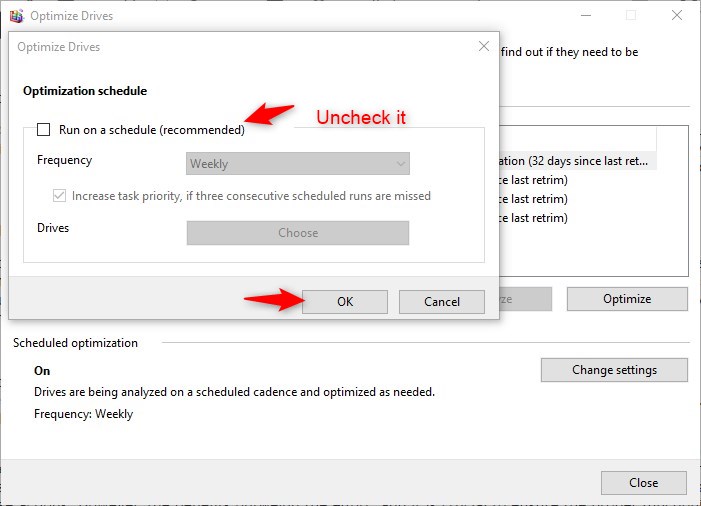
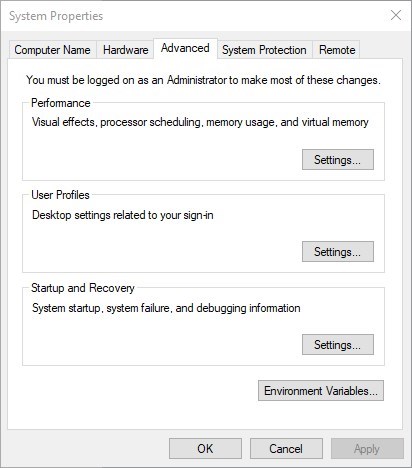

Relate Links :
Shrinking Your System: How to Migrate Windows 10 to a Smaller SSD for Free
27-11-2023
Jennifer Thatcher : Learn how to easily and cost-effectively move your Windows 10 installation from a larger hard drive to a...
Effortless OS Migration: Migrate Only Windows 10 OS to a Fresh SSD
23-11-2023
Ashley S. Miller : Looking to upgrade to a faster and more reliable system? Learn how to easily migrate only your OS...
The Hassle-Free Way to Migrate Your Windows 10 to SSD Without Reinstalling
09-11-2023
Amanda J. Brook : Learn how to easily transfer your Windows 10 OS to an SSD without the need for a clean...
Easy and Efficient: Migrate OS to SSD in Windows 10
25-09-2023
Ashley S. Miller : Migrate OS to SSD Windows 10 for improved speed, performance, and reliability. Use professional clone tools or Windows...




